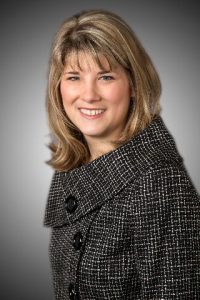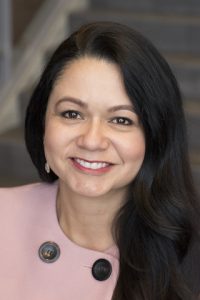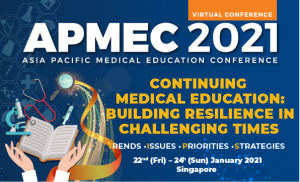Written by Mark Slivkoff, PhD
Title
PA and PT Admissions in the Time of COVID-19: A Panel Discussion
Presenters
Erika Brooks
Manager, Application Services
Physician Assistant Education Association
Thomas O’Shea, PhD, MEd
Director of Administration and Student Services
University of Iowa Carver College of Medicine
Physician Assistant Graduate Program
Jeremy Turkall, MS
Academic Services Administrator – Admissions, Alumni, and Community Engagement
University of South Florida Morsani College of Medicine
School of Physical Therapy and Rehabilitation Sciences
Ms. Brooks began the webinar. She discussed how her national organization, the Physician Assistant Education Association (PAEA), is supporting its members during the pandemic. Specifically, she explained that the PAEA is providing members with resources to adapt to the admissions process and maintain its integrity, and creating awareness about implicit bias in the admissions process.
The PAEA has helped schools transition to new virtual environments by hosting virtual fairs for campus visits, managing the integrity of the interviews and the application process, and providing resources for matriculants to help create a sense of belonging. As the organization behind CASPA, the Centralized Application Service to Physician Assistants, Ms. Brooks went on to explain how this process has also morphed. There is now a COVID-19 impact essay requirement, and an allowance for unofficial transcripts from applicants running into difficulty getting official transcripts from academic institutions.
The PAEA has been actively surveying its member schools since the pandemic began. They have found that 74% have eliminated in-person interviews, 64% are offering virtual tours, and 27% are paying particular attention to the impact essay. Approximately 13% of programs have not made any changes at all to their admissions process.
The webinar was passed over to Dr. O’Shea of the University of Iowa Physician Assistant Graduate Program. He addressed how the admissions process of this program was specifically altered during the pandemic. Dr. O’Shea first discussed the mission of the University of Iowa’s PA program, then summarized the admission and interview criteria before and after COVID-19.
He described the program’s Pre-COVID interview process which is a two-day experience for applicants. When the pandemic surfaced, the admissions committee pondered questions related to academic issues such as GPA requirements, acceptance of pass/fail courses and of online coursework, GRE requirements and recommendation letters. There were concerns about applicants not obtaining the required 1000 hours of volunteer work, and about the online process of submitting their applications through CASPA. Virtual interviews were also concerning.
The final question which Dr. O’Shea presented was, with all concerns addressed, “Does anything really need to change?” The answer was “no”, but they did change some of the variables for admission. These included allowing courses that were graded pass/fail to be counted towards requirements, allowing GRE scores to be self-reported, and lowering the number of volunteer healthcare hours from 1000 to 500. The school did move interviews to Zoom (virtual), but they remained two-day events.
To conclude the panel discussion, Jeremy Turkall of the University of Florida Morsani discussed the updates and changes to the DPT program at his school.
He first began with describing the changes related to PTCAS, the Physical Therapy Centralized Application Service. These changes included launching the application service three weeks earlier to allow applicants more time to prepare, and increasing the number of maximum recommendation letters from 4 to 5 in order to capture additional insight from individuals who know the applicants. Similar to CASPA, a COVID-19 impact question was also added to the application (although this was optional).
At the University of South Florida, Mr. Turkall explained that they accepted pass/fail courses and waived the requirement for observation hours and for two letters of recommendation from licensed physical therapists. They also accepted online courses, but still required the GRE with scores due by November. Interviews were not affected since the school does not carry out interviews as part of the application process.
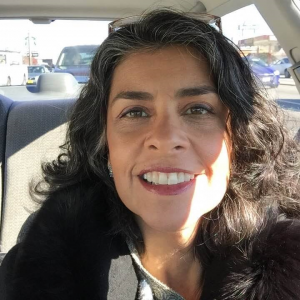
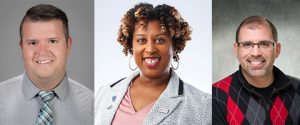
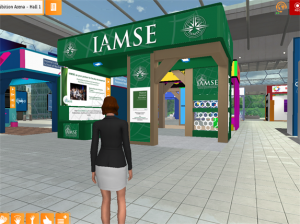 IAMSE display at AMEE 2020: The Virtual Conference
IAMSE display at AMEE 2020: The Virtual Conference